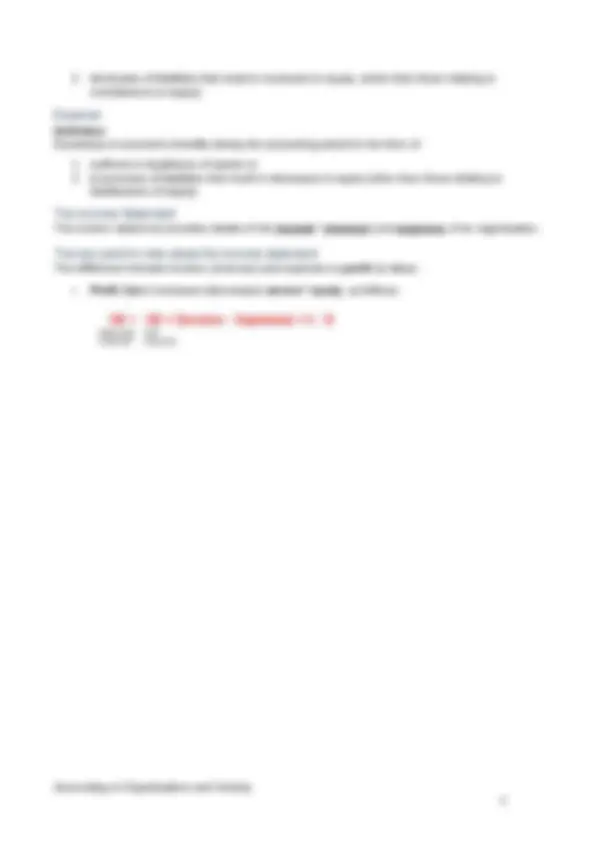




Study with the several resources on Docsity

Earn points by helping other students or get them with a premium plan


Prepare for your exams
Study with the several resources on Docsity

Earn points to download
Earn points by helping other students or get them with a premium plan
Community
Ask the community for help and clear up your study doubts
Discover the best universities in your country according to Docsity users
Free resources
Download our free guides on studying techniques, anxiety management strategies, and thesis advice from Docsity tutors
Introduction to financial market
Typology: Summaries
1 / 4

This page cannot be seen from the preview
Don't miss anything!



This topic provides you with an introduction to financial accounting – which is very much focused on providing an account of a business’s financial performance and financial position through the provision of external financial statements. If you recall, financial accounting was discussed in some detail in Topic 1, so you may like to revisit that section of the Topic 1 slides.
Remember financial accounting is; The practice of financial accounting relates to the preparation and presentation of financial information, in the form of financial statements, for a variety of users so as to enable them to make decisions about where they shall allocate their resources.
There are 5 elements of ‘financial statements’
Financial accounting information is geared towards external (not internal) stakeholders As a result, organisations have an obligation to provide reliable, objective, unbiased information Information therefore needs to be regulated (controlled) There are “rules” to be followed in the provision and preparation of financial statement
Corporations Act Australian Securities Exchange (ASX) – outlines disclosure requirements for financial statements The Australian Taxation Office (ATO) Australian Accounting Standards Board (AASB)
Financial accounting follows a strict set of accounting principles to ensure the information contained in financial statements is reliable and consistent. These principles are as follows; o Accounting entity o Accounting period o Monetary unit assumption o Going concern o Accrual Accounting – it’s critical that you understand this principle o Conservatism Accounting in Organisations and Society
Section 2: the Australian Accounting Standards Board conceptual framework and the elements of financial accounting
The AASB’s conceptual framework provides us with the underlying framework for general purpose financial reporting It is a ‘frame of reference’ for: The scope and objective of financial reporting; The qualitative characteristics that financial information should possess; What are the elements of financial reporting? The conceptual framework provides definitions for the 5 elements of financial statements
Definition A resource controlled by the entity as a result of past events and from which future economic benefits are expected to flow to the entity
Definition A present obligation of the entity arising from past events , the settlement of which is expected to result in an outflow from the entity of resources embodying economic benefits.
Definition The residual interest in the assets of the entity after deducting all its liabilities (will be increased by contributions and income, and reduced by drawings and expenses)
A balance sheet is a statement of the financial position of a business which states the assets, liabilities and owner's equity at a particular point in time. Accounting in Organisations and Society
Definition Decreases in economic benefits during the accounting period in the form of
The income statement provides details of the income * ( revenue ) and expenses of an organisation.
The difference between income (revenue) and expenses is profit (or loss ).